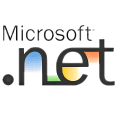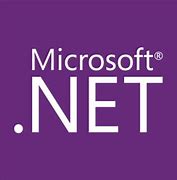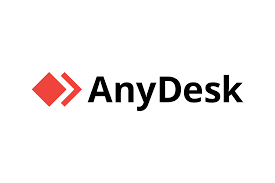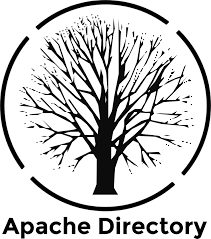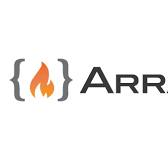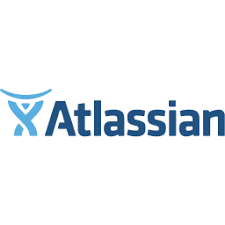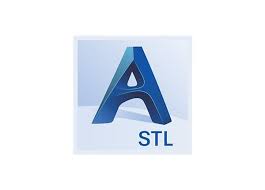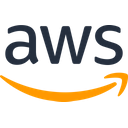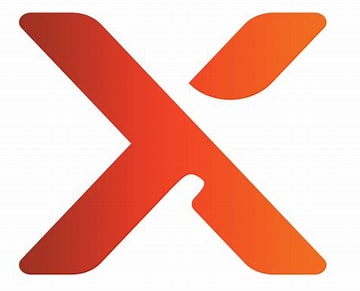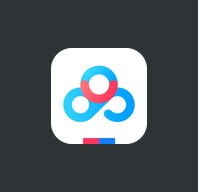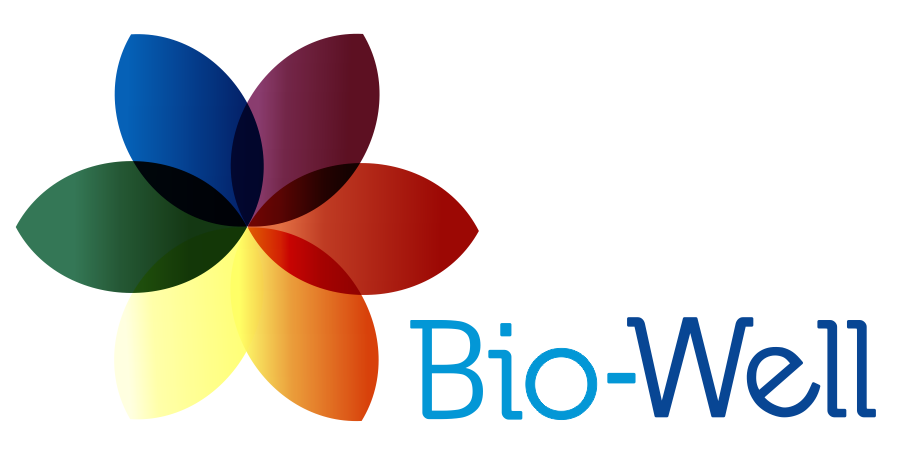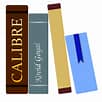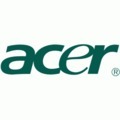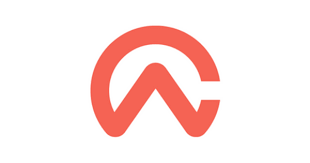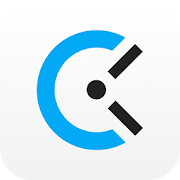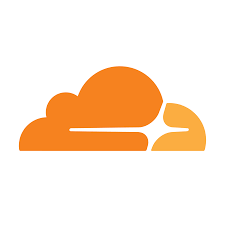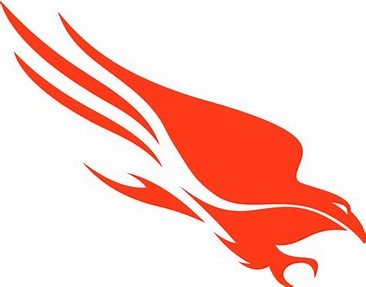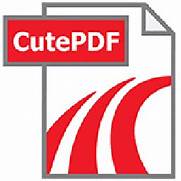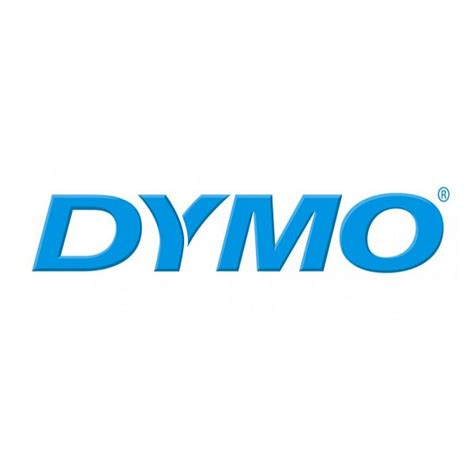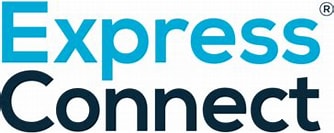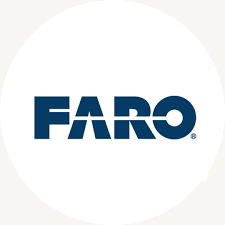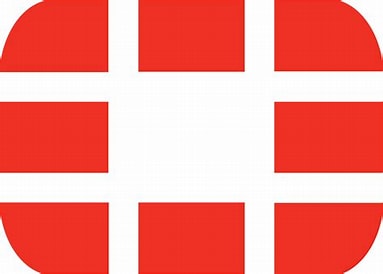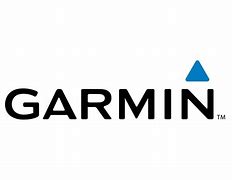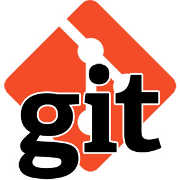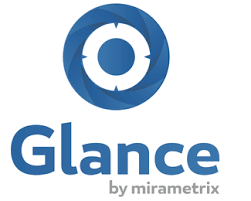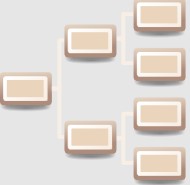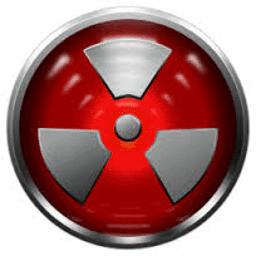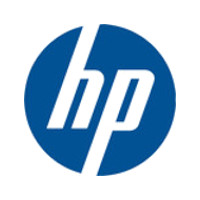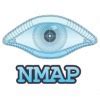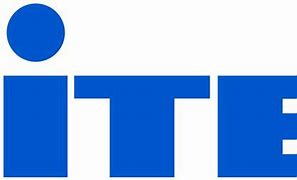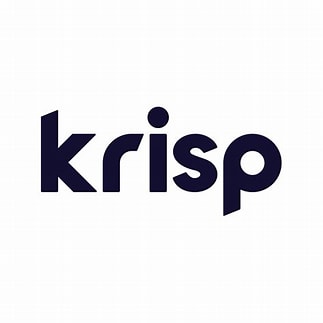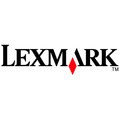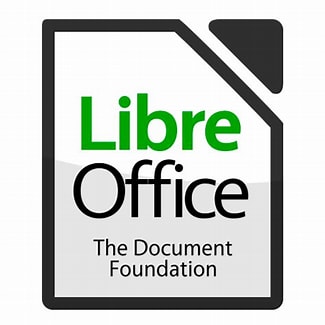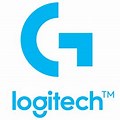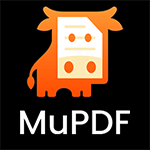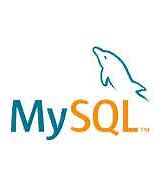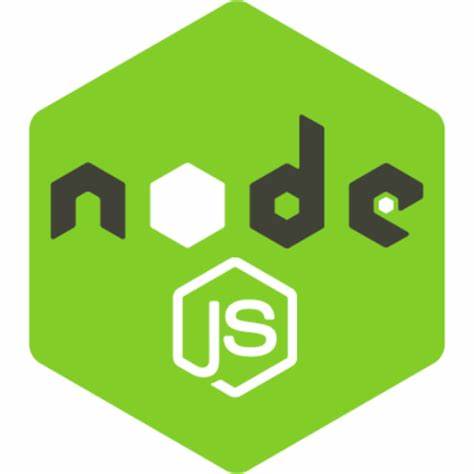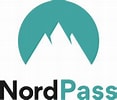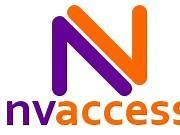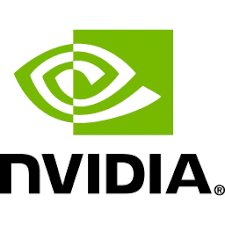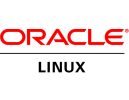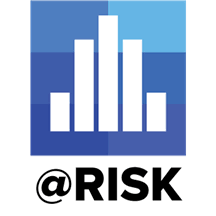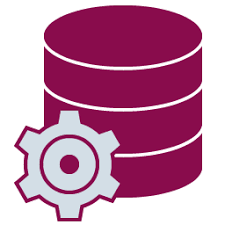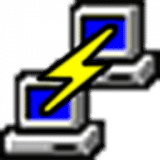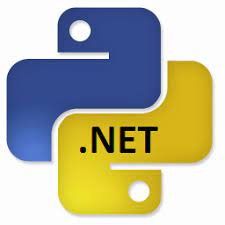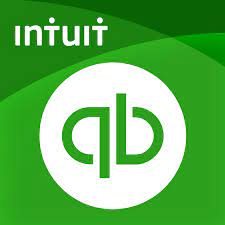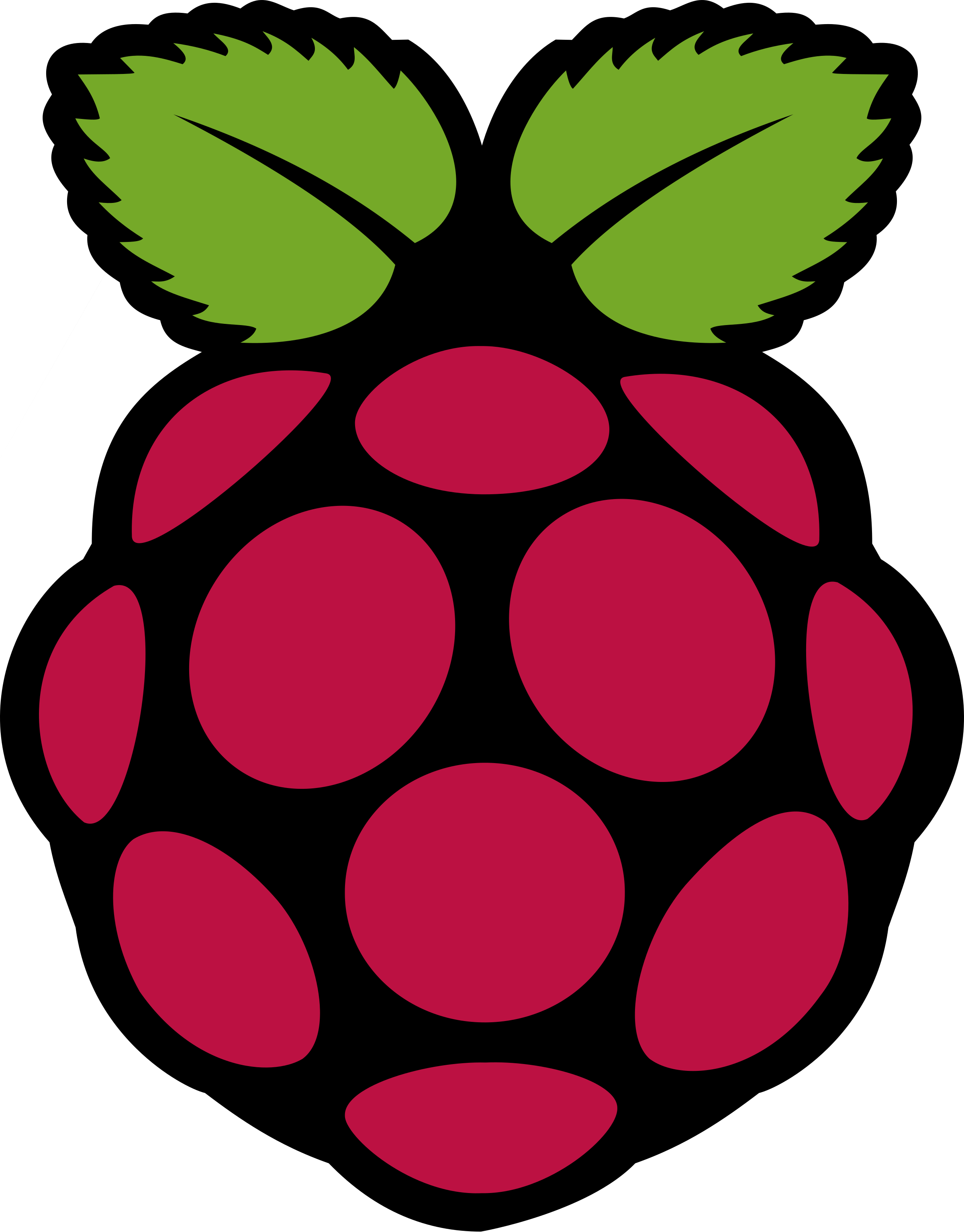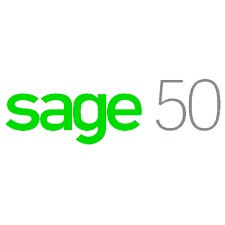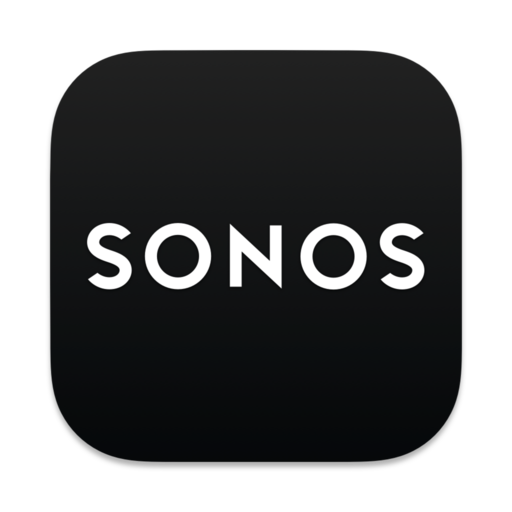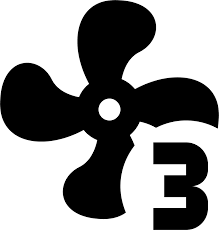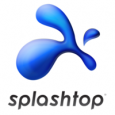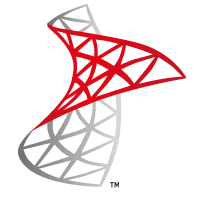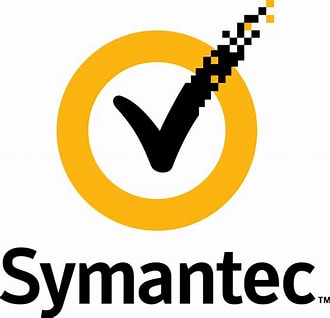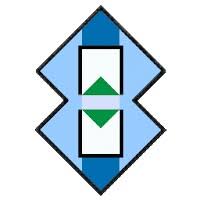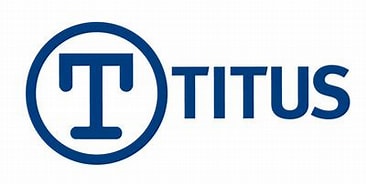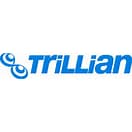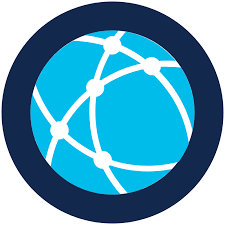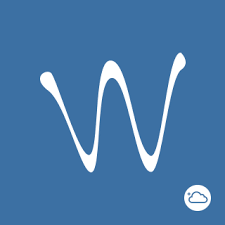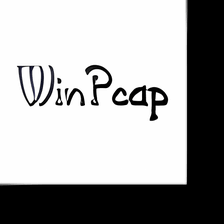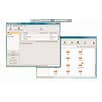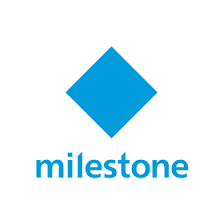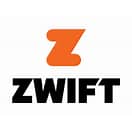Patching for Windows Mac Linux
CVE Vulnerabilities for Brave Browser
| CVE | Published | Severity | Details | Exploitability | Impact | Vector |
|---|---|---|---|---|---|---|
| CVE‑2024‑43337 | 2024‑08‑26 21:15:29 | MEDIUM (4) | Cross-Site Request Forgery (CSRF) vulnerability in Brave Brave Popup Builder.This issue affects Brave Popup Builder: from n/a through 0.7.0. | 3 | 1 | NETWORK |
| CVE‑2024‑35655 | 2024‑06‑04 14:15:13 | MEDIUM (5) | Improper Neutralization of Input During Web Page Generation (XSS or 'Cross-site Scripting') vulnerability in Brave Brave Popup Builder allows Stored XSS.This issue affects Brave Popup Builder: from n/a through 0.6.9. | 2 | 3 | NETWORK |
| CVE‑2023‑51534 | 2024‑02‑01 11:15:10 | MEDIUM (6) | Improper Neutralization of Input During Web Page Generation ('Cross-site Scripting') vulnerability in Brave Brave – Create Popup, Optins, Lead Generation, Survey, Sticky Elements & Interactive Content allows Stored XSS.This issue affects Brave – Create Popup, Optins, Lead Generation, Survey, Sticky Elements & Interactive Content: from n/a through 0.6.2. | 2 | 4 | NETWORK |
| CVE‑2023‑28360 | 2023‑05‑11 22:15:10 | MEDIUM (4) | An omission of security-relevant information vulnerability exists in Brave desktop prior to version 1.48.171 when a user was saving a file there was no download safety check dialog presented to the user. | 3 | 1 | NETWORK |
| CVE‑2022‑47934 | 2022‑12‑24 22:15:09 | MEDIUM (7) | Brave Browser before 1.43.88 allowed a remote attacker to cause a denial of service in private and guest windows via a crafted HTML file that mentions an ipfs:// or ipns:// URL. This is caused by an incomplete fix for CVE-2022-47932 and CVE-2022-47934. | 3 | 4 | NETWORK |
| CVE‑2022‑47933 | 2022‑12‑24 22:15:09 | MEDIUM (7) | Brave Browser before 1.42.51 allowed a remote attacker to cause a denial of service via a crafted HTML file that references the IPFS scheme. This vulnerability is caused by an uncaught exception in the function ipfs::OnBeforeURLRequest_IPFSRedirectWork() in ipfs_redirect_network_delegate_helper.cc. | 3 | 4 | NETWORK |
| CVE‑2022‑47932 | 2022‑12‑24 22:15:09 | MEDIUM (7) | Brave Browser before 1.43.34 allowed a remote attacker to cause a denial of service via a crafted HTML file that mentions an ipfs:// or ipns:// URL. This vulnerability is caused by an incomplete fix for CVE-2022-47933. | 3 | 4 | NETWORK |
| CVE‑2022‑30334 | 2022‑05‑07 05:15:07 | MEDIUM (5) | Brave before 1.34, when a Private Window with Tor Connectivity is used, leaks .onion URLs in Referer and Origin headers. NOTE: although this was fixed by Brave, the Brave documentation still advises "Note that Private Windows with Tor Connectivity in Brave are just regular private windows that use Tor as a proxy. Brave does NOT implement most of the privacy protections from Tor Browser." | 4 | 1 | NETWORK |
| CVE‑2021‑45884 | 2021‑12‑27 22:15:08 | HIGH (8) | In Brave Desktop 1.17 through 1.33 before 1.33.106, when CNAME-based adblocking and a proxying extension with a SOCKS fallback are enabled, additional DNS requests are issued outside of the proxying extension using the system's DNS settings, resulting in information disclosure. NOTE: this issue exists because of an incomplete fix for CVE-2021-21323 and CVE-2021-22916. | 4 | 4 | NETWORK |
| CVE‑2021‑22929 | 2021‑08‑31 17:15:08 | MEDIUM (6) | An information disclosure exists in Brave Browser Desktop prior to version 1.28.62, where logged warning messages that included timestamps of connections to V2 onion domains in tor.log. | 2 | 4 | LOCAL |
| CVE‑2021‑22916 | 2021‑07‑12 11:15:08 | MEDIUM (6) | In Brave Desktop between versions 1.17 and 1.26.60, when adblocking is enabled and a proxy browser extension is installed, the CNAME adblocking feature issues DNS requests that used the system DNS settings instead of the extension's proxy settings, resulting in possible information disclosure. | 2 | 4 | NETWORK |
| CVE‑2021‑21323 | 2021‑02‑23 23:15:13 | MEDIUM (4) | Brave is an open source web browser with a focus on privacy and security. In Brave versions 1.17.73-1.20.103, the CNAME adblocking feature added in Brave 1.17.73 accidentally initiated DNS requests that bypassed the Brave Tor proxy. Users with adblocking enabled would leak DNS requests from Tor windows to their DNS provider. (DNS requests that were not initiated by CNAME adblocking would go through Tor as expected.) This is fixed in Brave version 1.20.108 | 3 | 1 | NETWORK |
| CVE‑2020‑8276 | 2020‑11‑09 15:15:14 | MEDIUM (6) | The implementation of Brave Desktop's privacy-preserving analytics system (P3A) between 1.1 and 1.18.35 logged the timestamp of when the user last opened an incognito window, including Tor windows. The intended behavior was to log the timestamp for incognito windows excluding Tor windows. Note that if a user has P3A enabled, the timestamp is not sent to Brave's server, but rather a value from:Used in last 24hUsed in last week but not 24hUsed in last 28 days but not weekEver used but not in last 28 daysNever usedThe privacy risk is low because a local attacker with disk access cannot tell if the timestamp corresponds to a Tor window or a non-Tor incognito window. | 2 | 4 | LOCAL |
| CVE‑2018‑10799 | 2018‑05‑08 04:29:01 | MEDIUM (4) | A hang issue was discovered in Brave before 0.14.0 (on, for example, Linux). This vulnerability is caused by the mishandling of a long URL formed by window.location+='?\u202a\uFEFF\u202b'; concatenation in a SCRIPT element. | 0 | 0 | NETWORK |
| CVE‑2018‑10798 | 2018‑05‑08 04:29:00 | MEDIUM (4) | A hang issue was discovered in Brave before 0.14.0 (on, for example, Linux). The vulnerability is caused by mishandling of JavaScript code that triggers the reload of a page continuously with an interval of 1 second. | 0 | 0 | NETWORK |
| CVE‑2018‑100081 | 2018‑12‑20 15:29:01 | MEDIUM (4) | Brave Software Inc. Brave version version 0.22.810 to 0.24.0 contains a Other/Unknown vulnerability in function ContentSettingsObserver::AllowScript() in content_settings_observer.cc that can result in Websites can run inline JavaScript even if script is blocked, making attackers easier to track users. This attack appear to be exploitable via the victim must visit a specially crafted website. This vulnerability appears to have been fixed in 0.25.2. | 0 | 0 | NETWORK |
| CVE‑2017‑8459 | 2017‑05‑03 14:59:00 | MEDIUM (5) | Brave 0.12.4 has a Status Bar Obfuscation issue in which a redirection target is shown in a possibly unexpected way. NOTE: third parties dispute this issue because it is a behavior that might have legitimate applications in (for example) the display of web-search results | 2 | 3 | LOCAL |
| CVE‑2017‑8458 | 2017‑05‑03 14:59:00 | MEDIUM (4) | Brave 0.12.4 has a URI Obfuscation issue in which a string such as https://safe.example.com@unsafe.example.com/ is displayed without a clear UI indication that it is not a resource on the safe.example.com web site. | 0 | 0 | NETWORK |
| CVE‑2017‑18256 | 2018‑04‑04 02:29:00 | MEDIUM (4) | Brave Browser before 0.13.0 allows remote attackers to cause a denial of service (resource consumption) via a long alert() argument in JavaScript code, because window dialogs are mishandled. | 0 | 0 | NETWORK |
| CVE‑2016‑10718 | 2018‑04‑04 02:29:00 | MEDIUM (5) | Brave Browser before 0.13.0 allows a tab to close itself even if the tab was not opened by a script, resulting in denial of service. | 0 | 0 | NETWORK |
Deep Windows, Mac, and Linux OS patching
Stay out of the "Negligent MSP" label because Lavawall® covers:- 30-312 times as many applications as popular RMMs.
- "optional" Windows patches, including firmware and drivers
- Mac OS and application patches
- Linux Kernel, OS, and package patches for more distribution types than we want to admit exist
Windows Mac Linux
What applications does Lavawall® monitor?
Lavawall monitors patches for over 7,500 applications. This is a summary of the most popular applications.Click here for the full list.
Click the applications below for the current version and known vulnerabilities.
Logos are property of their respective trademark holders and are not affiliated with ThreeShield or Lavawall. We have not audited the security of most of the listed tools.
The above listing includes products that Lavawall® monitors through public information and/or proprietary statistical analysis.
Although we do have a partner relationship with some of the listed products and companies, they do not necessarily endorse Lavawall® or have integrations with our systems.
 Brave Software Inc
Brave Software Inc




